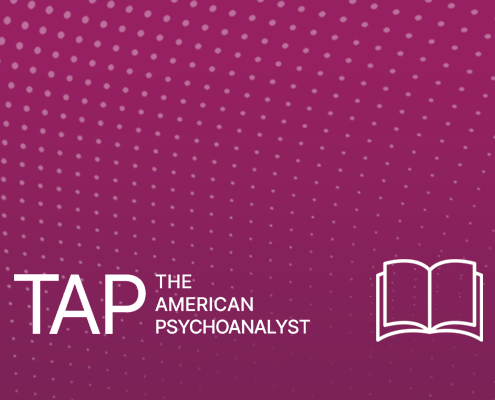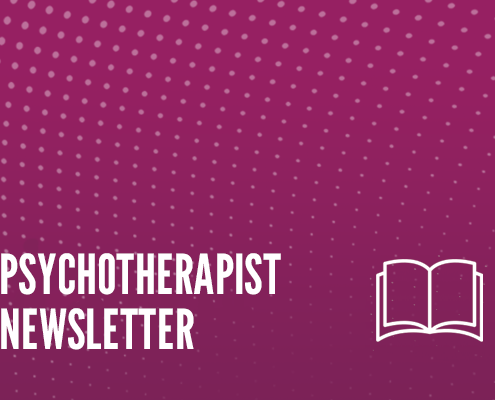Presenter: Anne Harrington, Ph.D.
In the 1940s, the drug company Sandoz sponsored a study of LSD at the University of Zurich which came to the conclusion that this was a drug that made normal people temporarily schizophrenic. Sandoz subsequently decided to promote LSD as a research drug for experimental investigations of schizophrenia, and especially its possible biochemical basis. But, somewhat confusingly, the company also did something else: they suggested that the psychoanalysts also take a look at the drug, because there was evidence that it gave people access to the unconscious contents of their minds and could sometimes be therapeutic.
So which was it: a path to madness or a path to health? A drug for the biologists to study, or a tool for the psychoanalysts to employ? In this seminar, I will track the contradictions and ambiguities structuring mid-20th-century clinical conversations about the meaning and uses of psychedelics. An important goal will be to identify the legacies and unfinished business from that earlier era and show the ways some of them, perhaps unconsciously, are shaping current efforts and conversations.
CE Credits.




